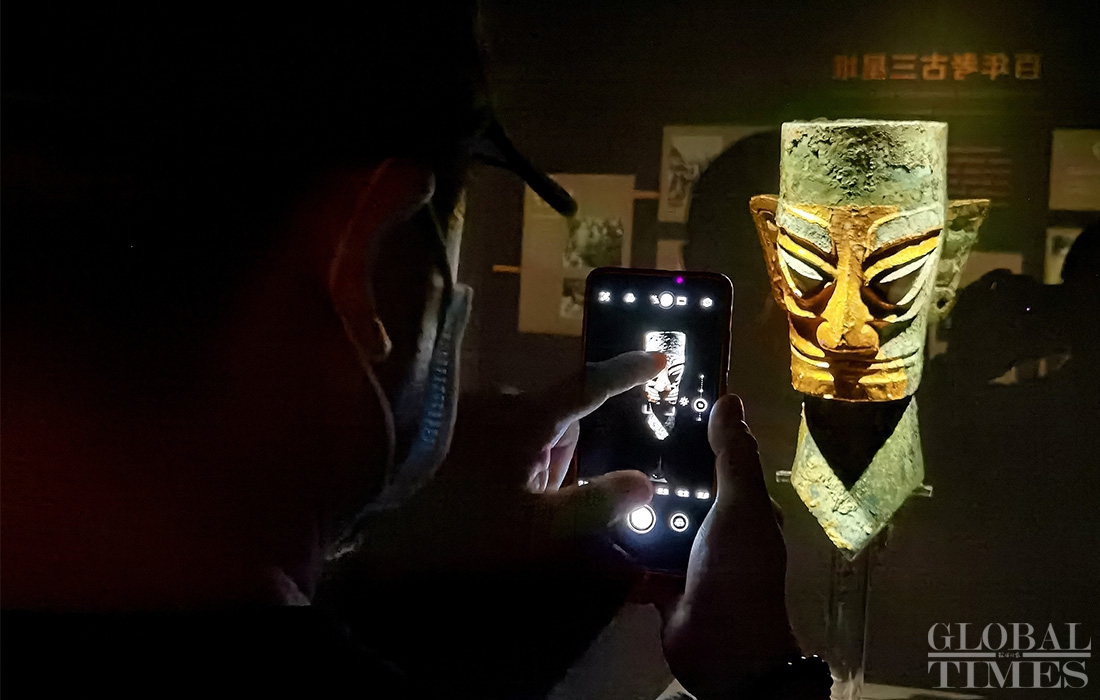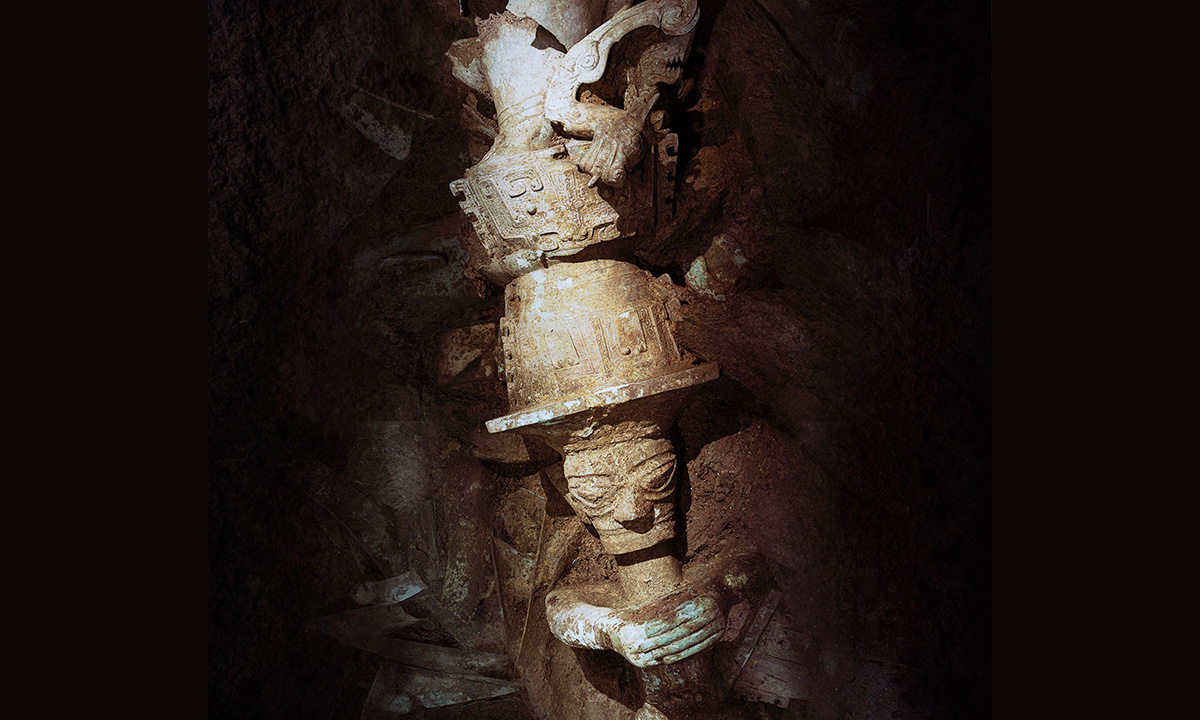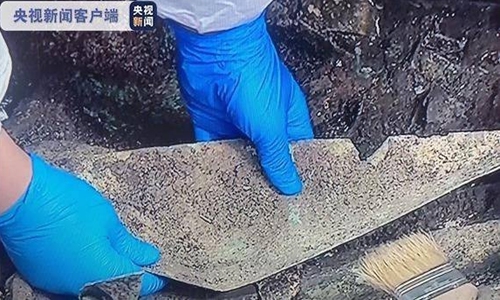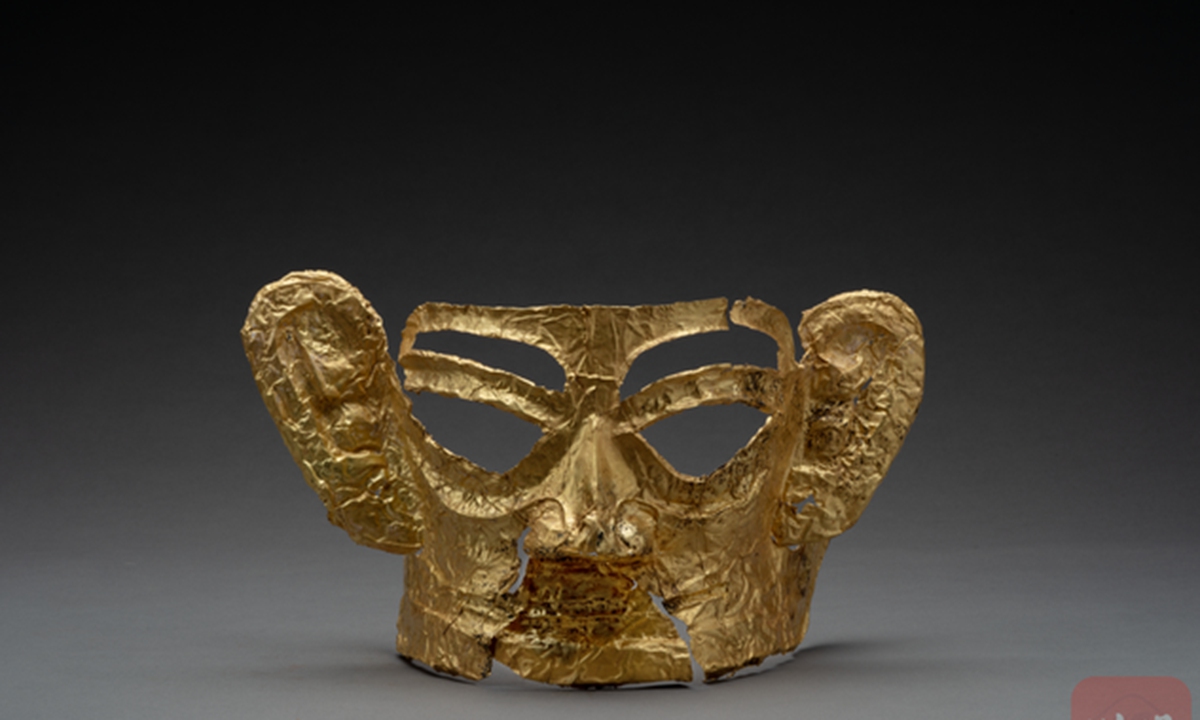
Photo:Yang Hui/GT
After the discovery of a trove of Bronze Age artifacts from one of China’s earliest civilizations, the Sanxingdui Ruins site has combined with the nearby Jinsha Ruins site to apply for UNESCO World Cultural Heritage Status.
The management committee of the Sanxingdui Ruins site, located near Guanghan to the north of Chengdu, capital of Southwest China’s Sichuan Province, and the Jinsha Ruins site, which is in northwest Chengdu, signed a cooperation agreement on Saturday, agreeing to work together to promote the sites which date back to some 3,000 years ago and have many archaeological similarities.
The joint declaration is in line with the Chinese government’s strategy to apply to be listed as a World Heritage Site after UNESCO tightened the criteria for applications. Since 2020, a country can only declare one World Cultural Heritage Site each year, which puts more limits on countries like China which has a rich cultural heritage, Liu Zheng, a member of the China Cultural Relics Academy told the Global Times on Sunday.
The relics found in burial pits at the two sites are unlike others found in China, and experts say this indicates a unique civilization, which they have called the Shu Kingdom. Artifacts unearthed include gold masks and statues, bronze, lacquer and jade ware, as well as elephant tusks, antlers, ivory objects, ceramics and stone ware.
This is why the two ruins sites can work together to apply to be a World Heritage Site, according to experts.
Wang Juzhong, director of the management committee of Sanxingdui Ruins site said that to promote the bid, the two sites will issue joint standards, including protection, exhibition, supervision and popularization of the heritage, and work together to solve important problems encountered in the application process.
Wang said that the next steps for application are delimiting the heritage area, constructing the monitoring system, deepening archeological research and accelerating the construction of the new museum, the Sichuan Daily reported.
The management committee will continue to carry out protection of the heritage site and establish a monitoring center to better manage the unearthed cultural relics, including the gold masks and bronze statues.
A new museum of the Sanxingdui Ruins site with a site area of 55,000 square meters will be built with an investment of 1.423 billion yuan ($223 million) and the environment surrounding the heritage site is being improved.
Wang added they will set up a high-level team to refine the outstanding value of the ruins sites to prepare the documents to apply to be a World Heritage Site.
Further archeological excavation and research is necessary. Archeologists from the Sichuan Provincial Cultural Relics and Archeology Research Institute continue to excavate the sites. In March 2021, new discoveries of bronze figures and trees were announced.
“The success of the UNESCO application depends on making more breakthroughs in the science and technology of the archeology and more study and interpretation of the research,” Liu said. .
“If more cultural relics that shed light [on this site] are discovered, their application might go faster than other heritage sites,” Liu added.
Sanxingdui Ruins site and Jinsha Ruins site were listed in China's World Cultural Heritage Tentative List in 2006 as “the ruins sites of Ancient Shu civilization,” as cnr.cn reported.
In March, hundreds of cultural relics dating back more than 3,000 years that were excavated at Sanxingdui were revealed. The cultural relics included a bronze mask, a more than two-meter-tall bronze statue and a mask made of gold.



